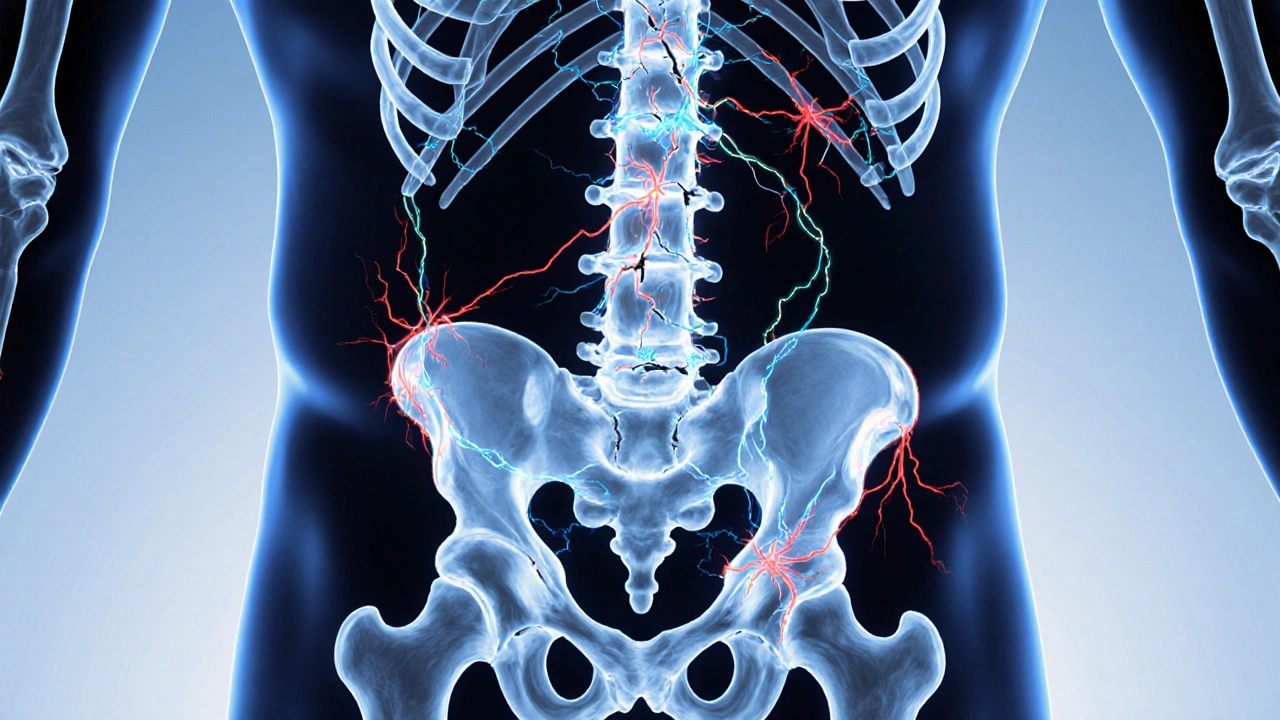FRAX: What It Is, How It Works, and What You Need to Know
When doctors want to know if you’re at risk for a broken bone because of weak bones, they often turn to FRAX, a free online tool that calculates your 10-year risk of major osteoporotic fractures. Also known as the FRAX fracture risk assessment tool, it’s used worldwide to guide treatment decisions for people with low bone density or other risk factors. Unlike a bone scan that only shows how dense your bones are, FRAX looks at the whole picture—your age, weight, gender, whether you smoke, if you’ve had a prior fracture, and even if you take steroids or drink alcohol heavily.
FRAX doesn’t just rely on a DEXA scan. It combines that data with real-life habits and medical history to give you a number: the chance you’ll break a hip or another major bone in the next 10 years. That number helps doctors decide whether you need medication like alendronate or risedronate, or if lifestyle changes alone might be enough. For example, someone with low bone density but no other risks might not need drugs—while someone with normal bone density but a history of falls and steroid use might. It’s not perfect, but it’s one of the most validated tools out there, backed by data from over 150,000 people across 20+ countries.
FRAX is especially useful for people caught in the gray zone—those with osteopenia, not full osteoporosis, but still worried about fractures. It takes the guesswork out of whether to start treatment early or wait. And because it’s free and easy to use, doctors can run it during a routine visit. You don’t need special software. Just enter your info, and it spits out your risk level. It’s also used to track changes over time. If you quit smoking, lose weight, or start taking calcium and vitamin D, you can re-run FRAX later to see if your risk went down.
It’s not just for older adults. Younger people on long-term steroids, those with rheumatoid arthritis, or people who’ve had an early menopause should also consider FRAX. Even if your bone density test looks okay, other factors like a parent who broke a hip or a history of eating disorders can push your risk higher. FRAX catches those hidden dangers.
Below, you’ll find real-world guides on how medications like bisphosphonates, corticosteroids, and even anticoagulants affect bone health—some increasing fracture risk, others helping protect it. You’ll also see how genetics, diet, and lifestyle choices tie into your overall fracture risk. These aren’t just theory pieces—they’re practical tools for understanding what your FRAX score really means for your daily choices.

Osteoporosis in Endocrine Disease: How FRAX and Bisphosphonates Guide Treatment
- by Colin Edward Egan
- on 13 Nov 2025
Osteoporosis in endocrine diseases like diabetes and thyroid disorders often goes undetected because bone scans can look normal. FRAX and bisphosphonates help identify hidden fracture risk and guide life-saving treatment.
